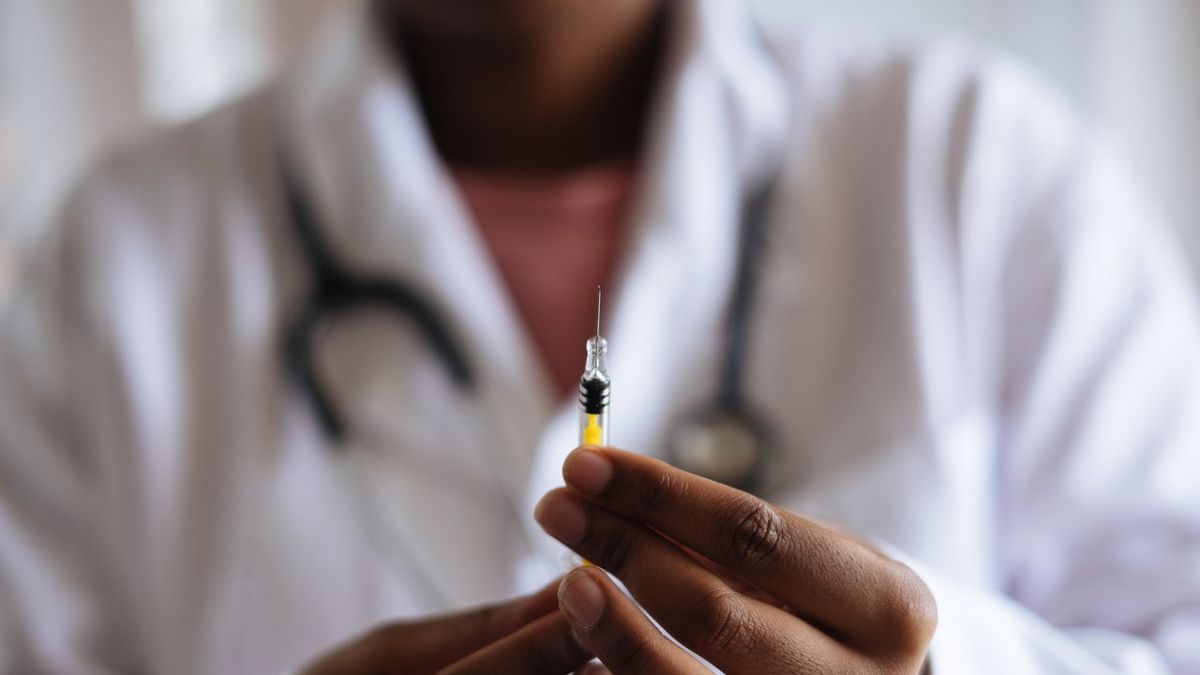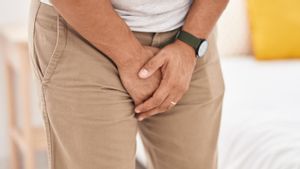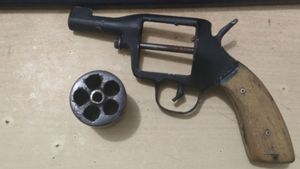JAKARTA - The fear of something that is generally harmless is known as a phobia or phobia. Often times, phobias perceive a certain situation irrationally.
For example, a phobia of heights, a phobia of patterns, and a phobia of needles or medical procedures related to injections. This phobia is called trypanophobia, sometimes called aichmophobia, belonephobia or enetophobia.
In general, the term refers to the fear of pins, needles or sharp objects. However, trypanophobia is specifically used to refer to excessive fear in all medical aspects.
Quoting from Jamaica Hospital Medical Center, February 1, studies show that 20 percent of the population experiences fear of injection needles and 10 percent of them suffer from trypanophobia.
This fear, according to Stacey Ness and Anne D. Martens, who work in the pharmaceutical and injection fields, makes a person reluctant to undergo medical treatment.
Trypanophobia is officially recognized in the American Psychiatric Association Diagostics and Statistics Manual of Mental Health Disorder, 4th edition (DSM-IV). In 1994, this phobia was recognized since it was discovered in a number of patients who chose to discontinue medical treatment for fear of injection.
According to the Pharmacy Times, in the United States the majority of people with trypanophobia are young women. Several studies have tracked the demographics of the sufferers. And it shows that needle phobic patients tend to have biological relatives who share a phobia to injection.
The theory that explains needle injection phobia is genetic. According to the theory, patients reflexively avoid injury from the stabbing and cutting activity that may be caused by bites, claws, fangs, and sticks.
Apart from genetic factors, it was found that as many as 52 percent of patients attributed their experiences when they saw someone close to the injection, for example seeing a sibling cry when being injected. This fear of needles is a congenital reflex, although its prevalence is uncertain.
Usually, patients with trypanophobia will show physical symptoms such as, almost fainting, fainting, cold sweat, nausea, dizziness, and vertigo.
In the initial phase, all trypanophobic patients experience a period of anticipation. Characterized by an increase in heart rate and blood pressure before injection. Heart rate and blood pressure will drop suddenly after the needle insertion.
The high blood pressure will return to normal after 2 hours and the patient's condition will return to normal after a few hours later. However, according to medical reports, there are also trypanophobia patients who experience loss of consciousness, anxiety, feeling unwell, and weakness for up to 2 days after the injection.
Because of the fear of needles and injection-related medical practices, many patients avoid medical contact. Based on the identification results, a number of techniques are needed to reduce fear associated with injection administration.
For example, by showing understanding, respect, and tenderness in phobic patients. Patients need to be given an understanding of the importance of medical action for their health. In addition, patients also need to get counseling on ways to overcome fear of injection needles.
The English, Chinese, Japanese, Arabic, and French versions are automatically generated by the AI. So there may still be inaccuracies in translating, please always see Indonesian as our main language. (system supported by DigitalSiber.id)









